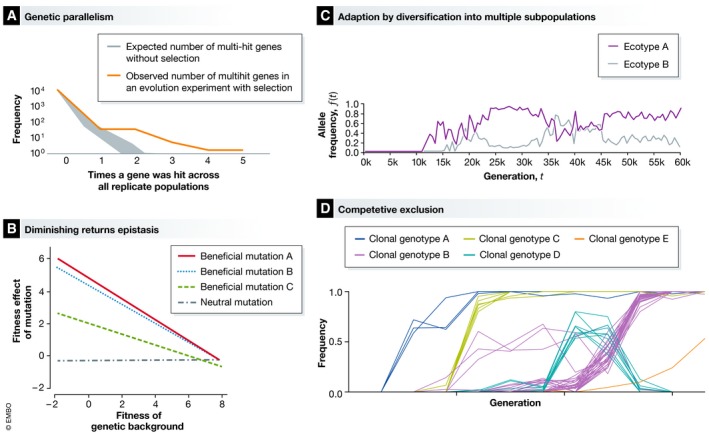Figure 2. Three consistent results from evolution experiments.

(A) Genetic parallelism. A signature of natural selection is the repeated evolution of mutations in the same genes in independent populations. The expected number of multi‐hit genes mutated across six replicate populations in a hypothetical 1000‐generation experiment without natural selection (grey shaded) and an example of the number of multi‐hit genes in a population with selection (orange line) 6. (B) Diminishing returns epistasis. The fitness effect of a beneficial mutation is negatively correlated with the fitness of the genetic background in which it occurs (figure adapted from 25). (C) Stable polymorphism can evolve, whereby multiple ecotypes, each adapted to a different niche in the microcosm, coexist in the population. Figure adapted from 27. One possible outcome of experimental evolution is that populations will adapt by successive sweeps of beneficial mutation, occasionally hampered by clonal interference (D).
